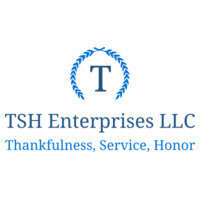6 Crucial Topics That Directly Affect Your Land’s Raw Land Value, aka AcreValue! This is not a comprehensive list of all the factors included in finding your raw land value sweet spot, but it is our main umbrella for analyzing valuations. If something doesn’t make sense or you have further questions feel free to call us anytime at (704) 380-0075. We always love talking about land – it’s our passion!
How Much Is My Land Worth?
Land Valuation Complexities Made Simple
Every plot of land possesses unique characteristics that contribute to its desirability or lack thereof. When selling undeveloped or raw land, the primary objective is to secure the best possible price. However, achieving this goal requires careful analysis and time. One common misconception among landowners is the assumption that their land’s AcreValue should align with neighboring parcels’ sale prices. What exactly is AcreValue? Simply put, it is a colloquial term referring to the land’s value per acre compared to others in the vicinity. EX: 10 acres selling at $50,000 would have an AcreValue of $5,000 (or $5,000 value per acre).
In our view, there are six crucial factors to consider when determining a piece of land’s AcreValue. Presented below in what we believe to be descending order of significance—though individual priorities may vary.
- Location – it’s the old adage of course and pretty simple.
- Access
- Topography
- Zoning
- Overlays (zoning subsets)
- Utilities
We’ll break these down with a little more detail, but this is how TSH Enterprises, LLC approaches every potential purchase to give you an all cash offer to sell your land fast. Remember that a larger buyer pool drives the AcreValue and each one of these crucial factors can have different impacts on that. Does your land have a pool of 10 buyers or 1,000 or more? The answer to this question holds more weight than owners often give credence to.
Location
Ok so this one is pretty cliché I know, but it is generally the first thing that we look at here at TSH Enterprises, LLC. The first question we ask is “Where is your land located?” Again think about the location in terms of the buyer pool for the area and not just the volume of buyers, but their buying power. There are so many other factors than just where it’s at on a map. Demographics, population, median family income, schools, amenities, good road infrastructure, just to name a few, play a vital role in your raw land value and how quickly a piece of raw land can be sold or developed. We mention “buying power” above – what that means to us is how much total money do end buyers have the means to acquire or use to purchase raw land. EX: In your area buyers have up to $50,000 ($50k) on average to put towards a land purchase. Depending on your area that could only buy 1/2 to 1 acre of land or it might buy 5-10 acres, it will depend on some of the other five crucial factors, but let’s just say for example’s sake a 1 acre lot that has access and maybe the possibility of utilities including either public or it’s good soil for a septic system sells for $50k. That means our AcreValue is $50k per acre. Let’s say you have 20 acres – that doesn’t necessarily scale to $1 Million (20 x $50k = $1 million). 20 acre parcels might only be selling for $10-15k per acre, equaling more like $200-300k; that’s a far cry from $1 Million by the math. Even then your buyer pool is much, much smaller for a $200-300k total purchase for just raw land. Most people don’t have that kind of cash reserves and there are few banks that lend on larger land purchases. As you can see, as the acres increase the AcreValue decreases (an inverse relationship in most cases).
Access
How does anyone get to the parcel/s? Public roads or private drive? Is there a recorded easement for uninhibited, legal Right of Way (RW) ingress and egress access? As you can see in the photo illustration this was one parcel surveyed and subdivided into 3 separate parcels with a 45 foot R/W easement that is highlighted. This is a legally binding, recorded, document which specifies the metes and bounds of the property along with the easement survey points. This directly affects the AcreValue of any raw parcel of land and our all cash offer to you. If there is no access or it is unclear and the metes and bounds has never been recorded, it can be corrected, but that adds time, considerable expense possibly even filing an adverse action in court and inconvenience – we have details here about how speed, convenience and price are interrelated. Not having good, clearly defined access is the devil to a fast all cash offer.
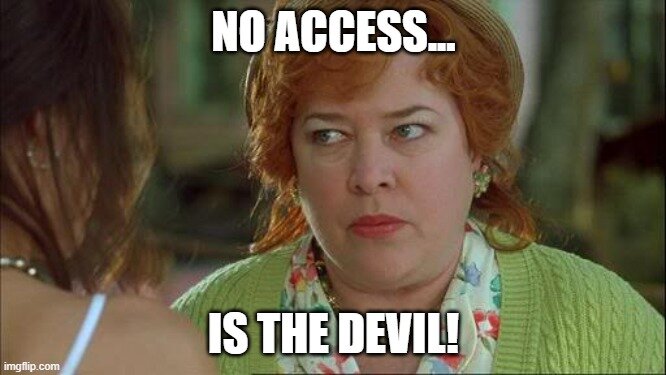
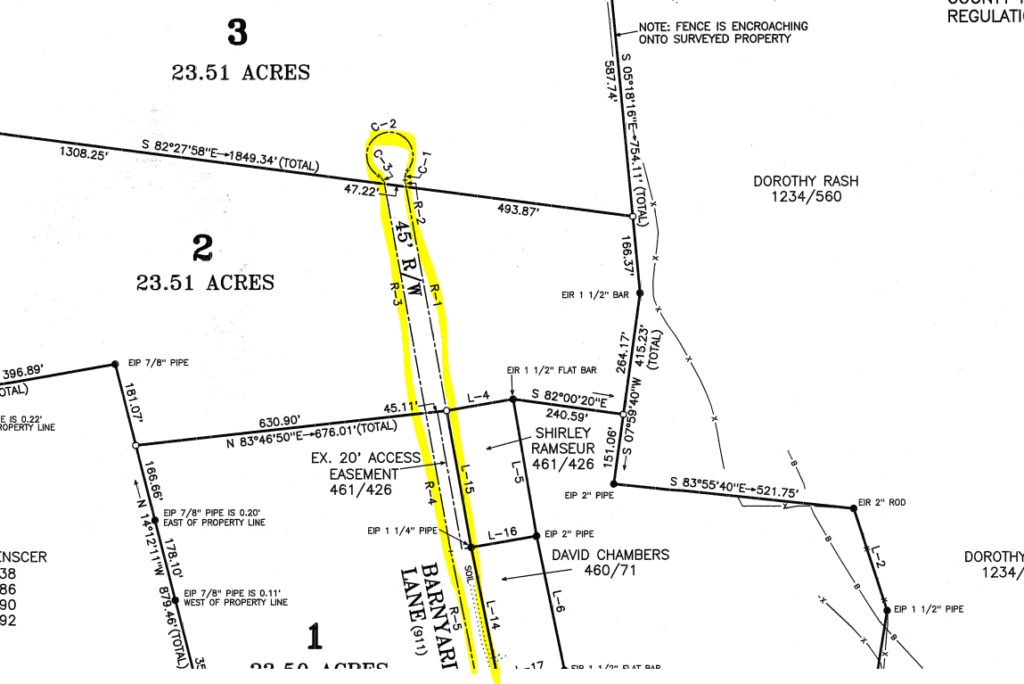
Topography
“TOPO” as we like to call it is in the middle of our list, but it can make itself A-#1 real quick if it’s a steep slope, mountainside, big gully, wetland or flood zone. The Topo’s effect on the value is highly dependent on some of the other items as well. Some zoning classifications call for “open space” to be reserved when developing and parcels with partially bad topography can work because you can designate the less desirable areas as said open space. Within this category we also put things like conservation designations, water features, wetlands and flood zones. If a governing body doesn’t already restrict development in these types of areas, things could change rapidly. If a parcel has ever had a claim against the national flood insurance program, then it typically will be permanently restricted from any private use; this is generally recorded a county’s public records database as a deed or some form of consolidated real property document. Topo can also adversely affect areas for septic systems; natural drainage areas are typically unusable for standard systems, which are typically better suited for more flat parcels or areas. As we’ve stated before, every parcel has its own unique characteristics that either enhance or detract from its desirability for end buyers, which directly correlates to the raw land value – note the buyer pool I mentioned already.
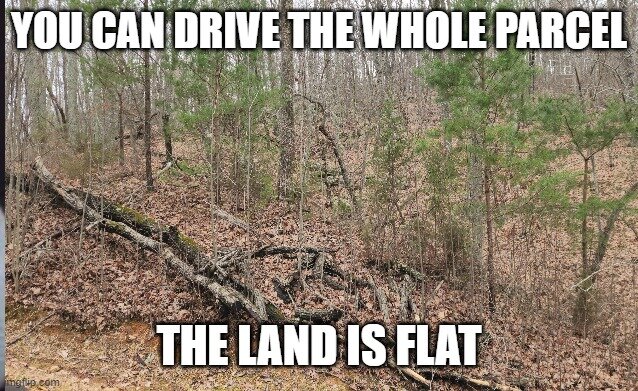
Zoning and Overlays
Zoning is simply a codification system by governing body’s (towns, cities, counties, etc.) that controls the uses, size and infrastructure allowed by a parcel of land. Many municipalities call these regulations “Ordinances”. This crucial area can be a large, tangled web of details not to be entered by the faint of heart unless you simply need a nice sleep aid replacement. Zoning can make or break a seemingly good real estate development plan and is a key to pointing a parcel of land in the direction of highest and best use. You don’t have to be an expert at interpreting zoning ordinances or the many details around them, but it is something that needs to be taken into account very seriously when evaluating land. It defines properties in classifications such as residential, commercial, industrial, retail, and professional, just to name a few. The possibilities of hundreds of subsets of zoning classifications and overlays exists throughout the USA and they are generally much more restrictive in larger cities or dense population areas. The restrictions lessen as you get into more rural areas where it’s more residential, agricultural, recreational or conservation type parcels. We combine zoning and overlays into one, because an Overlay is simply a subset of zoning that adds to a base zoning codification. These are often used in areas where you have county development meeting city limits and annexation is a common occurrence and the two governing bodies have agreed on “overlays” that meet with both of their requirements or a compromise of the two.
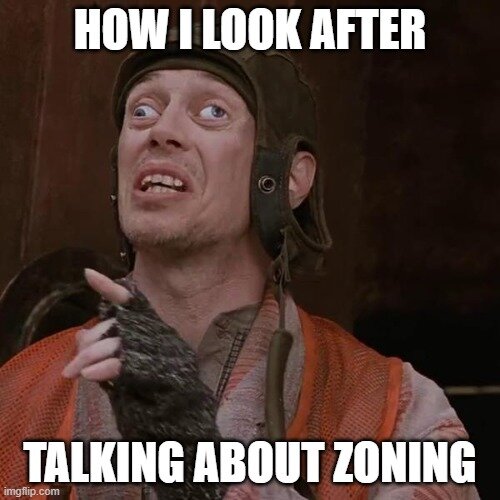
Utilities
Water, Sewer, Power and Gas…how are we getting access to these is the ultimate question with the first 3 more so than gas. For urban areas we look for city water and sewer, sometimes they provide power and/or gas as well, but if your parcel is more rural we need to look at the costs it takes for putting in a well and septic system. Generally speaking, tap fees for public utilities is a fraction of the cost of putting in well’s or septic systems – it’s not a hard and fast rule because some areas of the country get really expensive for permitting new construction. Every state, county and city are going to have their own nuances that need to factor in when we are looking at a parcels AcreValue. A good rule of thumb in our immediate area is a well will run $15,000 or more depending on the depth and a septic system for a 3 bedroom house will start around $8,000-10,000. Tap fees are more in the $1200-$2500 estimated range. Again, these are just examples of possible costs and every governing body is different and needs its own research done depending on where your parcel is located. Extending utilities you say? It may be possible if something is within 100 feet or less. Anything over that could cost tens of thousands of dollars; it doesn’t mean it’s out of the question, but it simply affects the price someone is willing to pay for the raw land; in essence the raw land value or AcreValue.
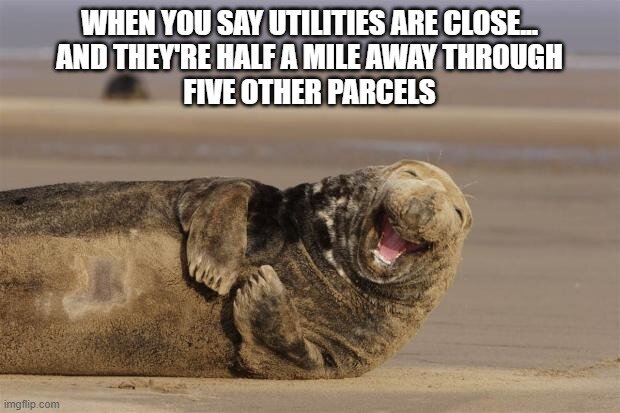
Summary
This is not a comprehensive list of things by any stretch of what goes into the analysis of your raw land value or AcreValue, but it is a blueprint we use to start with on every parcel we analyze to give you a fair, all cash offer. These are all good things to consider if you want to sell your land fast for cash at a fair price. Our goal at TSH Enterprises, LLC is to help everyone better understand what actually goes into the buying process and how we work with you to sell your land fast for cash if it’s a win-win. As always, there is never any obligation to receive your fair all cash offer from us.
Get Started: Get Your Cash Options Below…
We are direct land buyers. There are no commissions or fees and no obligation whatsoever. Start below by sharing where your property is and where we can send your options…
